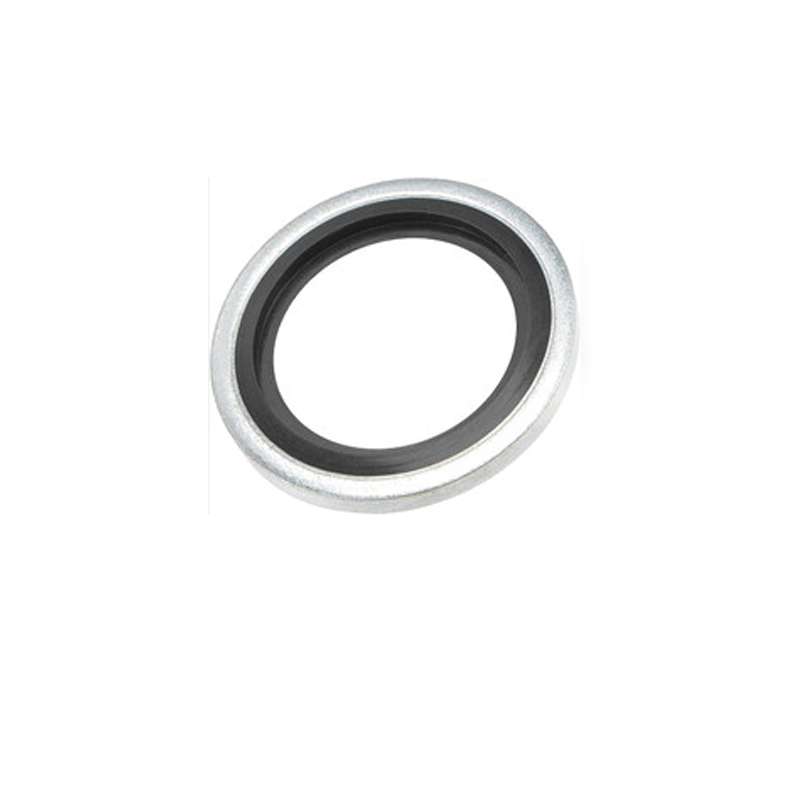Optimal Oil Seal Solutions for Gearbox Efficiency and Longevity
Understanding Oil Seals for Gearboxes Importance, Types, and Maintenance
Oil seals, often referred to as shaft seals or radially sealing rings, play a crucial role in the functionality and longevity of gearboxes. These components are designed to prevent lubricant loss and keep contaminants out, ensuring optimal performance and efficiency. Given the significance of gearboxes in various applications—from automotive to industrial machinery—understanding oil seals is essential.
The Importance of Oil Seals in Gearboxes
Gearboxes are complex assemblies that transmit power and torque between rotating shafts through gears. The lubrication of these moving parts is vital to minimize friction and wear. Oil seals serve as barriers that retain this lubricant within the gearbox while preventing dust, dirt, and moisture from entering. This dual action is crucial because contamination can lead to premature wear of components, ultimately shortening the lifespan of the gearbox.
Leakage of oil not only results in reduced efficiency but can also cause overheating, resulting in potential gearbox failure. The presence of oil seals ensures that the gearbox operates under the best conditions, thereby enhancing its reliability and performance.
Types of Oil Seals
Oil seals for gearboxes come in various types, each designed for specific applications and conditions. Here are a few common types
1. Single-lip Oil Seals These seals have one lip that presses against the shaft to prevent oil from leaking out. They are suitable for applications with moderate speeds and loads.
2. Double-lip Oil Seals Featuring two lips, these seals provide an additional layer of protection against contamination. The inner lip keeps the lubricant in, while the outer lip shields against dust and dirt.
3. Spring-loaded Oil Seals These seals include a spring that exerts pressure on the sealing lip, enhancing the seal's ability to maintain contact with the shaft. This design is particularly beneficial in applications involving high speeds or significant shaft movement.
oil seal for gearbox

Selecting the Right Oil Seal
When selecting oil seals for gearboxes, several factors must be considered
- Shaft Diameter Accurate measurements are necessary to ensure that the seal fits properly and effectively prevents leaks.
- Operating Conditions The environment in which the gearbox operates (temperature, pressure, and exposure to contaminants) will dictate the type of seal required.
- Lubricant Type Different oil seals are compatible with various lubricants, including mineral oils, synthetic oils, and others. Ensure that the selected oil seal is compatible with the lubricant in use.
- Speed and Load Factors Assessing the operational speed and load conditions will help determine whether a single-lip, double-lip, or spring-loaded seal is appropriate.
Maintenance and Replacement
Regular maintenance and inspection of oil seals are crucial to ensuring optimal performance. Look for signs of wear, such as oil leaks, which may indicate that a seal is damaged or failing. Routine checks can help identify issues early, allowing for timely replacements that prevent more significant problems down the line.
When replacing oil seals, follow proper procedures to avoid damaging the seals during installation. Ensure the sealing surfaces are clean and free from scratches, and use appropriate tools to install the seal without distortion.
Conclusion
Oil seals are indispensable components of gearboxes that contribute significantly to their efficiency and longevity. A thorough understanding of the types of seals, their importance, and the factors that influence their selection can help in maintaining optimal gearbox performance. Additionally, regular inspection and timely replacement of damaged seals play a vital role in preventing costly repairs and ensuring the reliability of various machinery and vehicles. In an era where efficiency and reliability are paramount, the role of oil seals in gearboxes cannot be understated.
-
Understanding the Front Main Engine Seal: Purpose, Maintenance, and Installation
News Jul.29,2025
-
Understanding O-Rings and Seal Rings: Types, Applications, and Custom Solutions
News Jul.29,2025
-
Understanding Crankshaft Oil Seals: Rear Seals, Pulley Seals, and Their Role in Engine Integrity
News Jul.29,2025
-
The Importance of Front and Rear Crankshaft Seals in Engine Performance and Oil Management
News Jul.29,2025
-
Crank Oil Seals: Functions, Types, and Cost Considerations in Engine Maintenance
News Jul.29,2025
-
A Comprehensive Guide to O-Rings and Seals: Types, Materials, and Global Applications
News Jul.29,2025
-
Mastering Diesel and Performance Engine Maintenance: A Guide to Critical Oil Gaskets
News Jul.28,2025
Products categories















